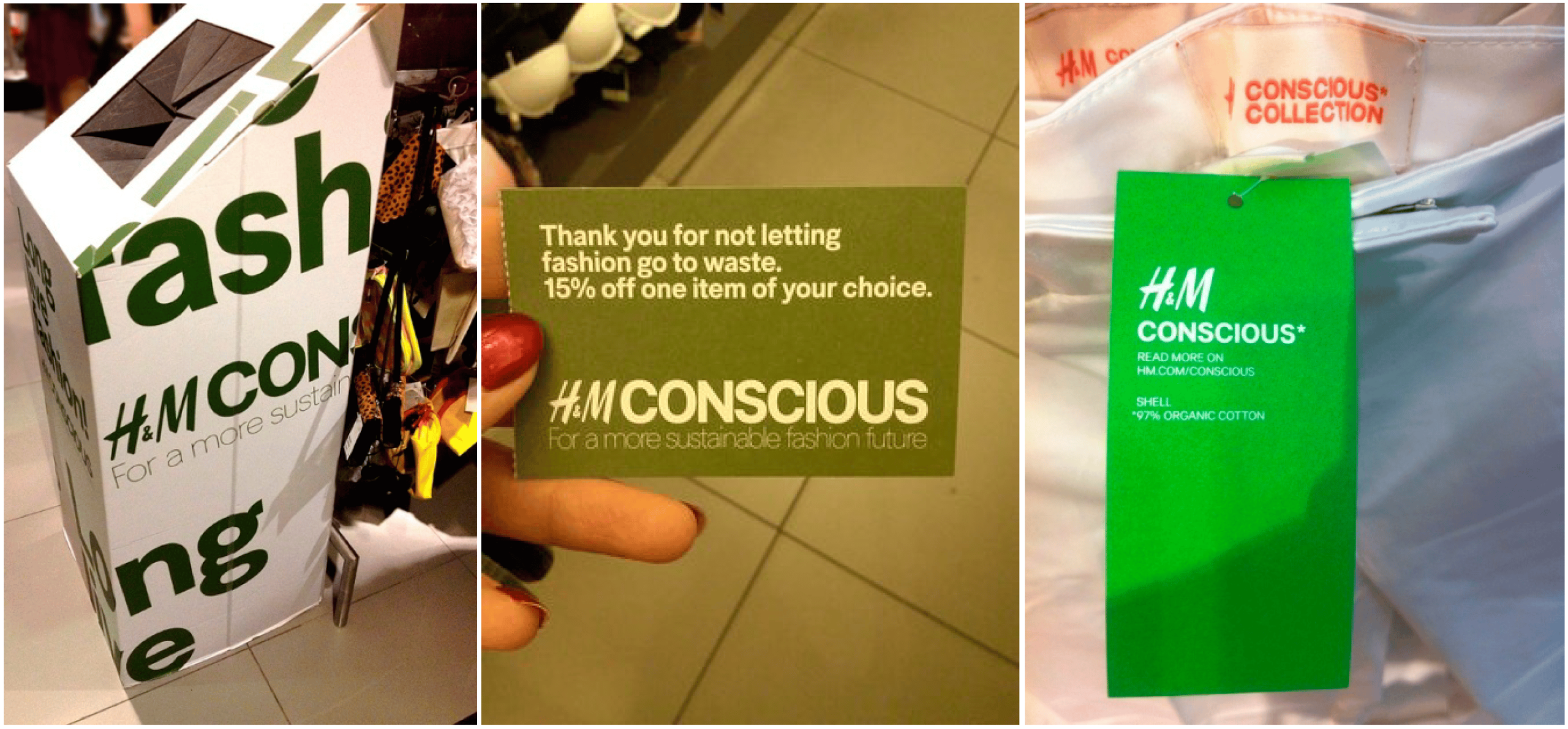In recent years, the fashion industry has faced increasing scrutiny for its environmental impact and labor practices. In response to these concerns, H&M, a global fast-fashion retailer giant, has taken steps to align its operations with sustainable practices and has set ambitious goals for reducing its environmental footprint. This report delves into H&M’s sustainability objectives, highlighting its achievements and addressing the challenges it faces on the path to sustainability.
H&M’s commitment to sustainability is evident through its comprehensive goals aimed at mitigating its impact on the environment and society. The company has set forth key targets that encompass various aspects of its operations, including climate, circular design, materials sourcing, packaging, chemicals, water, and promoting fairness and equality within its supply chain.
Climate Goals
Central to H&M’s sustainability efforts is its commitment to combat climate change. The company has pledged to achieve net-zero emissions by 2040 and to reduce its absolute CO2e emissions (Carbon dioxide equivalent) by 56% by 2030, using a 2019 baseline.
These goals have received verification from the Science Based Targets Initiative, underscoring their credibility and alignment with climate science.
As of 2022, H&M has made commendable progress, achieving an 8% reduction in scope 1 and 2 emissions, and a 7% reduction in scope 3 emissions. This signifies a noteworthy step toward its overarching emission reduction targets.
“To tackle the climate crisis – we have recently set up a Green Investment team whose main task is to reduce our emissions in the most cost-efficient way and Energy Efficiency teams that will help the suppliers transition to renewable energy.”
H&M Group President and CEO, Helena Helmersson
Circular Design and Materials
H&M recognizes the importance of circularity in the fashion industry to reduce waste and resource consumption. One of its key goals is to design all products with circularity in mind. The company is actively testing and developing tools to enable this goal, such as the Circulator, a circular product development tool and guide.
In terms of materials sourcing, H&M aims to have 30% of materials for commercial goods certified as recycled by 2025, and an impressive 84% progress has been achieved by 2022. Furthermore, the company is working towards having 100% of materials sourced for commercial goods either recycled or sustainably sourced by 2030, reaching a current progress rate of 23%.
“We partner up and invest to scale innovations in materials, is our work together with Renewcell to increase the use of its Circulose® (material made from recycled cotton waste) to accelerate the development. Last year, H&M’s Conscious Exclusive collection featured the newly patented material Circulose®, marking the first time the material was used in garments sold at scale.”
Helena Helmersson
Packaging and Chemicals
Addressing plastic waste, H&M aims for a 25% reduction in plastic packaging by 2025, and by 2022, it has already achieved a remarkable 44% reduction against a 2018 baseline. Moreover, the company strives to make 100% of its packaging from recycled or more sustainable materials by 2030, with an 85% progress achieved in 2022. In terms of chemicals, H&M’s goal is to ensure that 100% of its supplier factories comply with the ZDHC Manufacturing Restricted Substances List (MRSL) by 2030, and it has achieved a significant 97% progress by 2022.
“Our newest packaging initiative is another important step towards becoming circular and climate positive. Swapping single-use plastic for more sustainable paper for online orders means we can get our products to our customers without using plastic that is not always recyclable. In addition, recently, we reduced our packaging by 14% including 24% less plastic packaging,”
Helena Helmersson
Water Conservation
Recognizing the importance of water conservation, H&M is actively reducing water usage in its supply chain. The company has achieved a 21% reduction in production water use (water intensive tier 1 and 2 suppliers) by 2022 against a 2017 baseline. Additionally, 21% of water used in production has been recycled in 2022. Moving forward, H&M’s Water Strategy 2030 aims to achieve a 10% reduction in absolute total freshwater use by 2025 and a 30% reduction by 2030, both against a 2022 baseline.
Fairness and equality
H&M also emphasizes promoting fairness and equality within its workforce. The company is committed to increasing the percentage of female supervisors and worker representatives in its tier 1 production supply chain. As of 2022, there has been progress in this area, with 27% female supervisors and 63% female worker representatives.
H&M’s sustainable goals encompass a wide range of initiatives that aim to mitigate its environmental impact and promote fairness within its supply chain. The company’s progress in areas such as emissions reduction, circular design, materials sourcing, and water conservation is commendable.
As H&M continues to work towards its sustainability objectives, collaboration within the industry and with stakeholders remains crucial. Achieving these ambitious goals requires collective action, innovative solutions, and a steadfast commitment to creating a more sustainable and equitable fashion industry. All eyes are on H&M’s progress as it strives to meet its climate ambitions and make a meaningful impact on the path to a more sustainable future.
